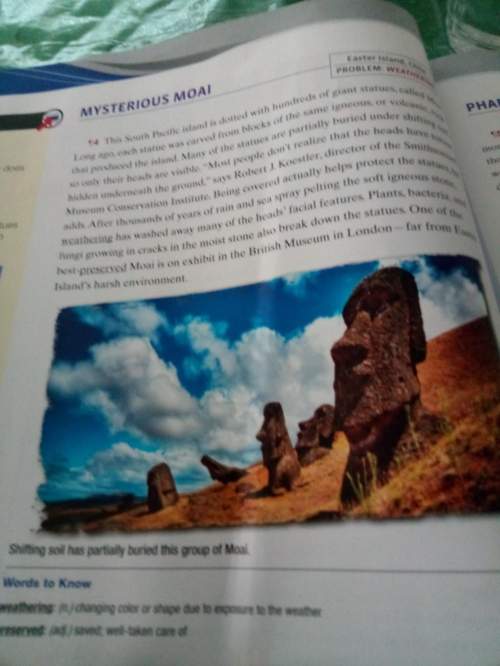
Directions, Part 1: Read the following quote from Chapter 17: “We will watch for that man,” Pasquaanti said. His voice was grim. It caused Leaphorn to remember something that Rounder had told him years ago; in Zuñi mythology, the penalty for sacrilege is death. Using the Text Editor and based on what you know about foreshadowing and the rest of the novel, predict what this comment might be foreshadowing about the crime and the murderer. Be sure to use evidence from the text to support your predictions and to help you explain why you feel like your predictions are correct. Directions, Part 2: Toward the end of Chapter 18, Leaphorn realizes the “fragment of flint” from George’s fetish is very important to the case and says “around it the pieces of the puzzle of why Ernesto Cata had to die fell exactly into place.” Leaphorn realizes who did it and why. Predict: What is he thinking? Who did it and why? Use the Text Editor to explain your predictions. Be sure to use evidence from the text to support your predictions and to help you explain why you feel like your predictions are correct.


Answers: 2
Other questions on the subject: English




English, 22.06.2019 19:00, marfeliz5953
What number is main idea? correct answer. (1) propaganda is information that is methodically spread in order to persuade audiences to adopt a certain opinion. (2) advertising is an ever-present form of propaganda in our lives. (3) four common propaganda techniques are present in the advertising we see and hear every day. (4) one technique, the testimonial, involves having a well-known person appear on behalf of the product being sold. (5) advertisers assume, for example, that if we admire a sports star, we’ll want to eat the cereal he or she endorses. (6) another common propaganda technique, the bandwagon, makes us want to be “one of the gang.” (7) “everybody’s switching to . .” “don’t be left out . . ” and “all across america, people are discovering . . ” are phrases that signal a bandwagon approach. (8) the plain-folks propaganda technique is especially popular on tv. (9) in plain-folks commercials, we see and hear “regular” consumers talk about their experience using a certain phone company, headache remedy, or brand of coffee. (10) the fourth common propaganda technique, the transfer, encourages us to link two unrelated objects in our mind. (11) when a powerful cougar prowls around a shiny new car, for example, advertisers hope we will transfer our sense of the wild cat’s speed, strength, and beauty to our vision of their product.
Answers: 1
Do you know the correct answer?
Directions, Part 1: Read the following quote from Chapter 17: “We will watch for that man,” Pasquaan...
Questions in other subjects:


Social Studies, 22.07.2019 04:50



History, 22.07.2019 04:50











